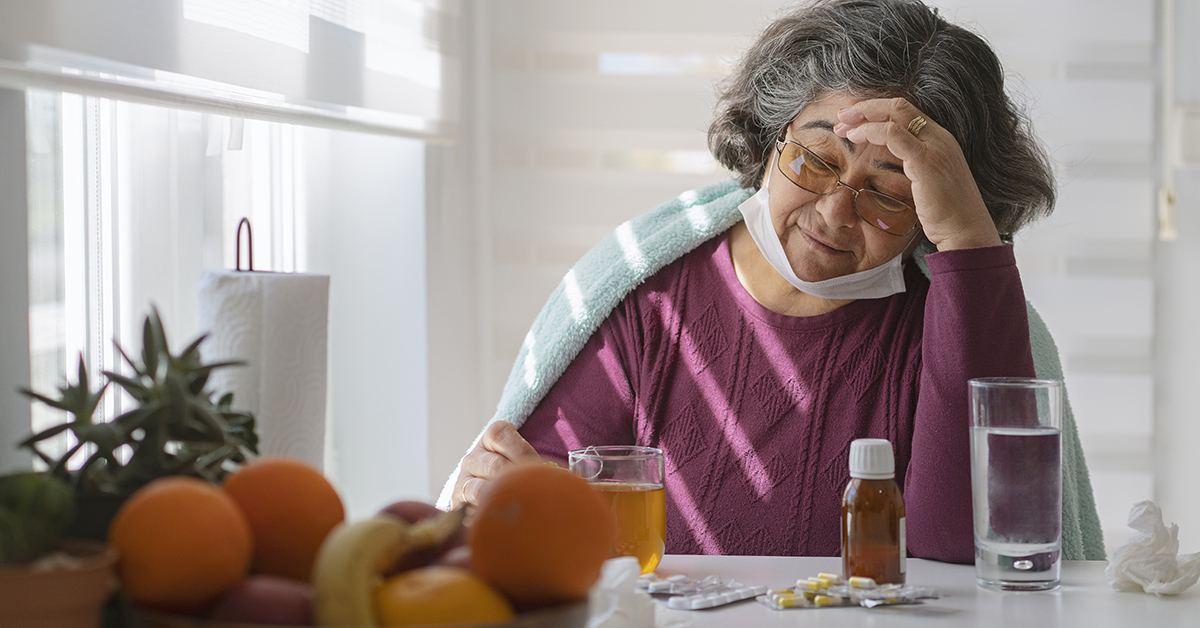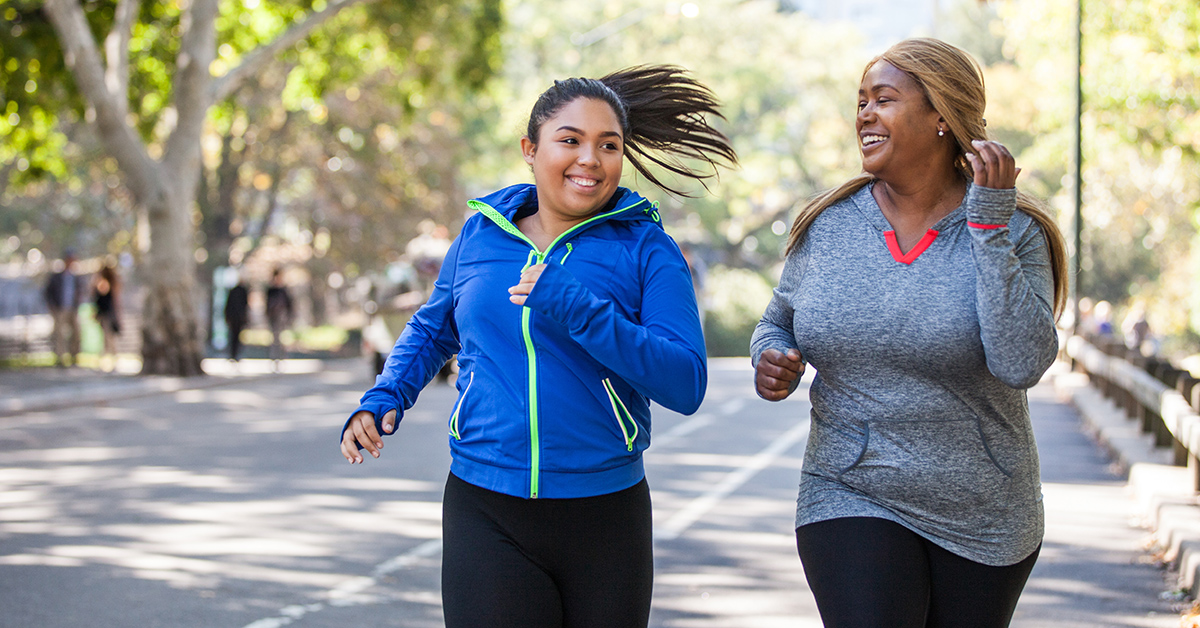Looking at your sunscreen bottle, you may be wondering – what does SPF mean? And how does it protect from sun damage?
Applying sunscreen with SPF, or sun protection factor, to protect your skin from ultraviolet (UV) rays is critical because it lowers your chance of skin cancer and signs of aging, like wrinkles and spots.
Getting the right level of protection requires the right sunscreen for your skin type, activity and weather conditions. Deciding what’s best to use is easier when you understand how sunscreen works.
What is SPF?
SPF stands for sun protection factor. Federal law requires manufacturers to include the SPF on each label of sunscreen. This number tells you how much protection the sunscreen provides from UVB rays. UVB rays are the type of UV rays that damage the outermost layer of your skin and cause skin cancer.
What does SPF mean?
Many people believe that SPF measurements refer directly to the amount of time you are protected from the sun. While not entirely untrue, this creates a false sense of security because SPF ratings consider both the amount of time you are exposed to UV radiation and the intensity of those rays.
For example, spending an hour in the sun at 10 a.m. is not the same as an hour at 4 p.m. because the sun’s rays are more intense between the hours of 10 a.m. and 2 p.m. Therefore, if you’re going to be outside between those hours, you may consider using a high-SPF sunscreen and should expect to reapply it more often.
How does it work?
Sunscreen uses one of two methods to stop UV rays from penetrating the skin to keep skin healthy. Chemical sunscreens with SPF absorb the UV rays before they have a chance to cause skin damage. Mineral sunscreens with SPF block UV rays. The level of protection they offer varies and does not last indefinitely.
How much SPF is enough?
So what does SPF mean when it comes to selecting the right sunscreen? You may be tempted to grab the sunscreen with the highest level of SPF, but that doesn’t automatically mean you’re getting better protection. SPF calculations come from laboratory research. Scientists there have greater control over the environment than you do when you go outside.
At the same time, no sunscreen provides 100 percent protection against the sun’s ultraviolet light. Sunscreen with SPF 15 blocks 93 percent of UVB rays, while SPF 30 blocks 97 percent and SPF 50 blocks 98 percent of those rays.
Most dermatologists, as well as the American Academy of Dermatology, recommend an SPF of at least 30 for most people and most climates. There’s no harm in going higher, though, especially for people whose skin burns easily or those with sun exposure allergies.
What about for my face?
An SPF of 30 is also recommended for your face, as well. Dermatologists recommend wearing sunscreen on your face daily, even if you don’t plan to spend a lot of time in the sun.
How can I protect my skin without sunscreen?
Although not recommended as replacement for sunscreen, you can do other things to protect your skin and face. While it may be unavoidable at times, try to minimize sun exposure between 10 a.m. and 4 p.m. when the sun’s rays are the strongest. Wear a hat and cover as much skin as possible with protective clothing. Sit in the shade and even use UVB filters on your windows. Other ways to protect your skin include drinking plenty of water and eating plenty of foods with skin-protecting nutrients.
How do I ensure SPF is protecting me?
Reapplying is critical, no matter what SPF number you use. You should try to reapply at least every two hours when you’re outside, and more often if you’ve been swimming or sweating.
You’ll also want to make sure you use a broad-spectrum sunscreen. This means it protects against UVB rays and UVA rays, which are UV rays that cause skin aging and wrinkles.
The best sunscreen in the world loses its effectiveness if you don’t use it properly. Apply sunscreen 15 minutes before going outside and reapply as needed. This includes water-resistant sunscreens, which protect your skin for up to 40 minutes of swimming. It’s also important to use the right amount of sunscreen to cover your body. Be sure to apply it to all exposed skin, including the back of your ears, your neck and the top of your feet.
If you’re concerned about your skin cancer risk or want to learn more about taking care of your skin, take a look at the dermatology and skin care services offered at Bon Secours.





